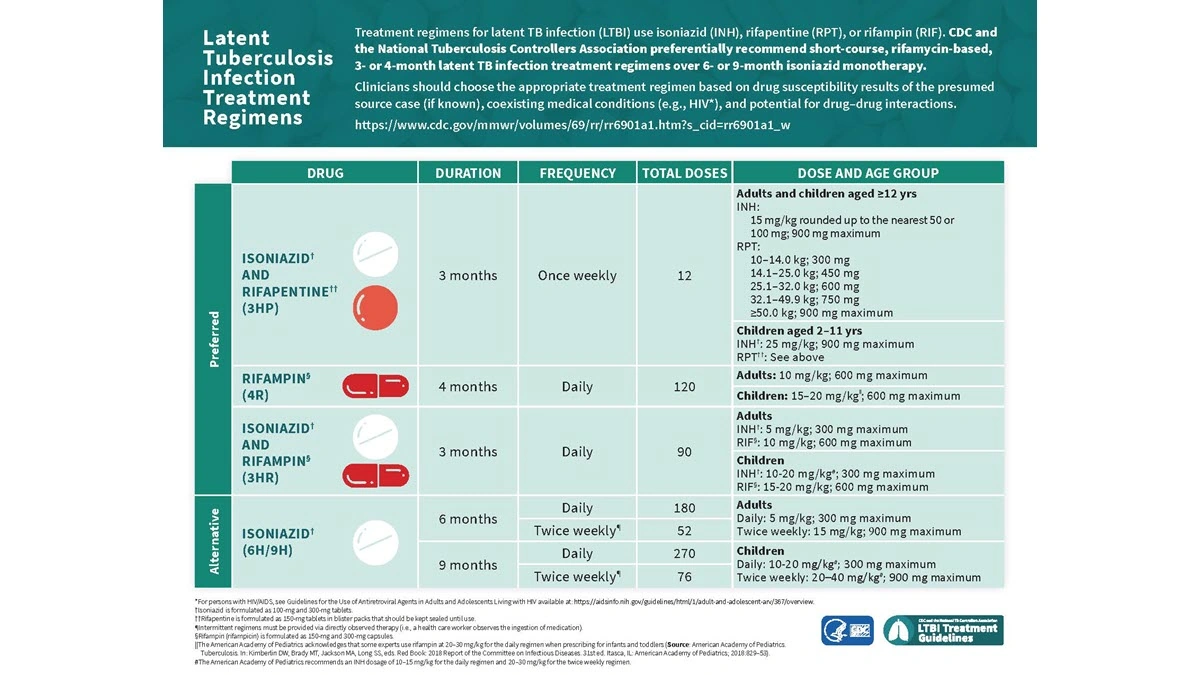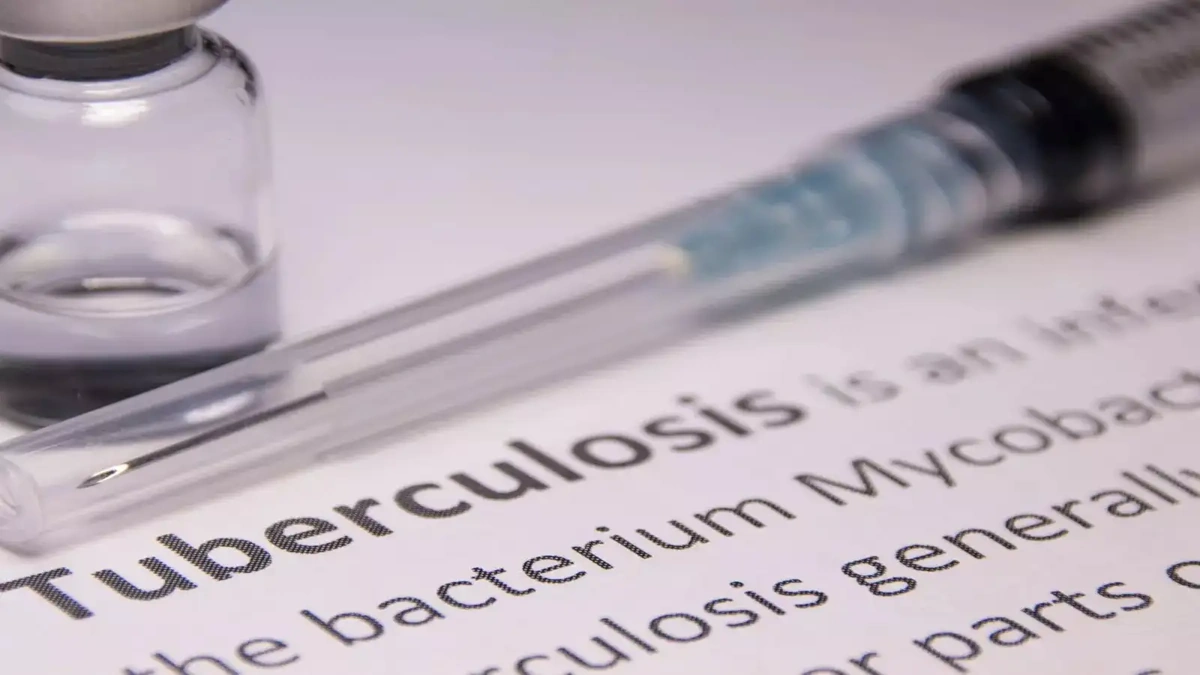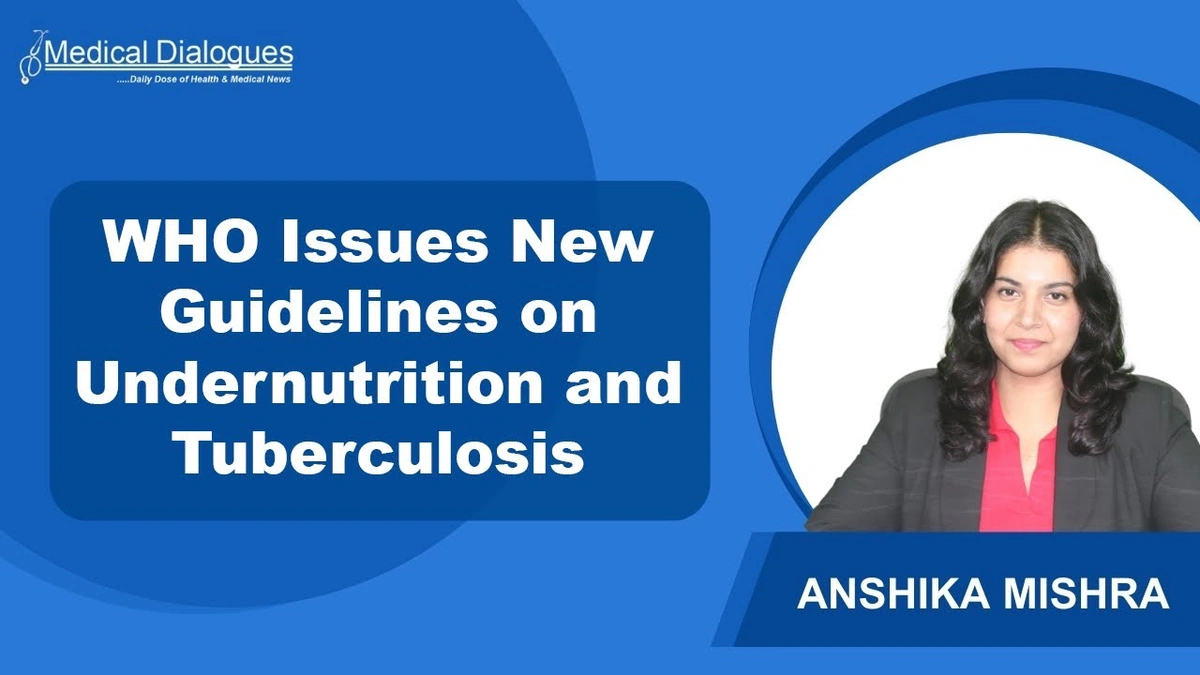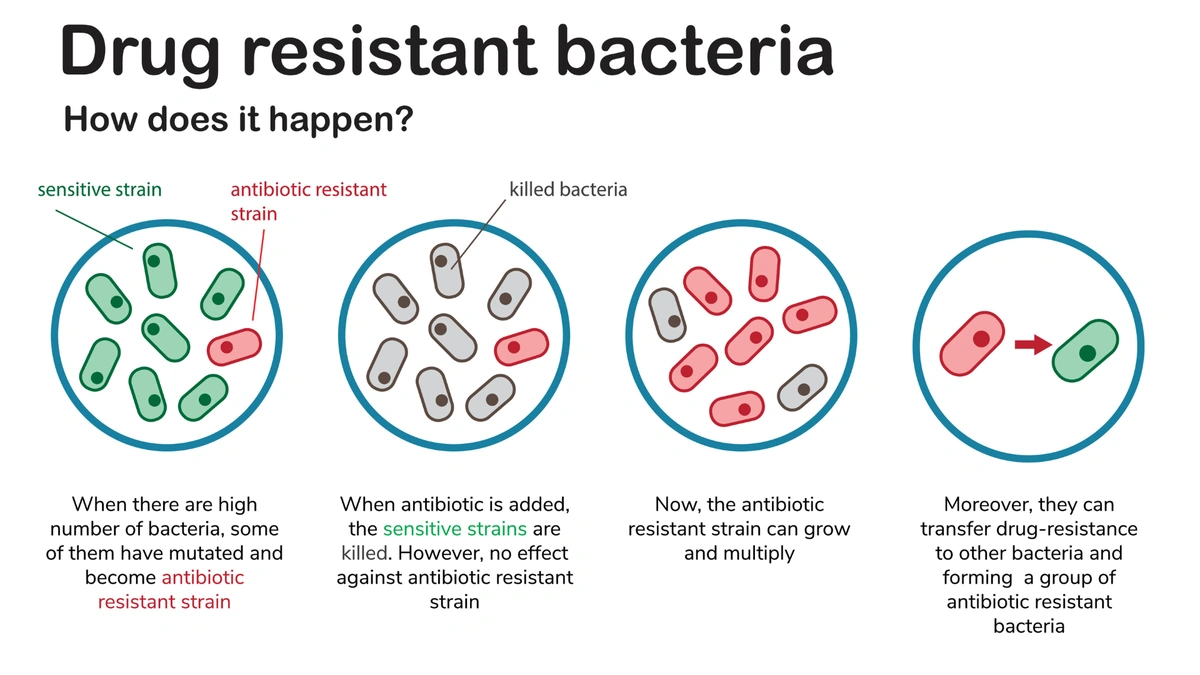New TB guidelines from WHO recommends food support for disease control
Tuberculosis (TB) remains a significant public health challenge in India, impacting millions and requiring a multifaceted approach to control and eradicate. Now, the World Health Organization (WHO) has stepped up with new TB guidelines , and get this – they’re recommending something pretty groundbreaking: food support for patients. Let’s dive into why this matters and what it could mean for India’s fight against TB. I initially thought of skipping the ‘why’ angle – but then I realised that framing this from the perspective of tangible impact makes it a worthwhile read for anyone interested in public health.
Why Food Support? The Hidden Hunger Crisis in TB Treatment
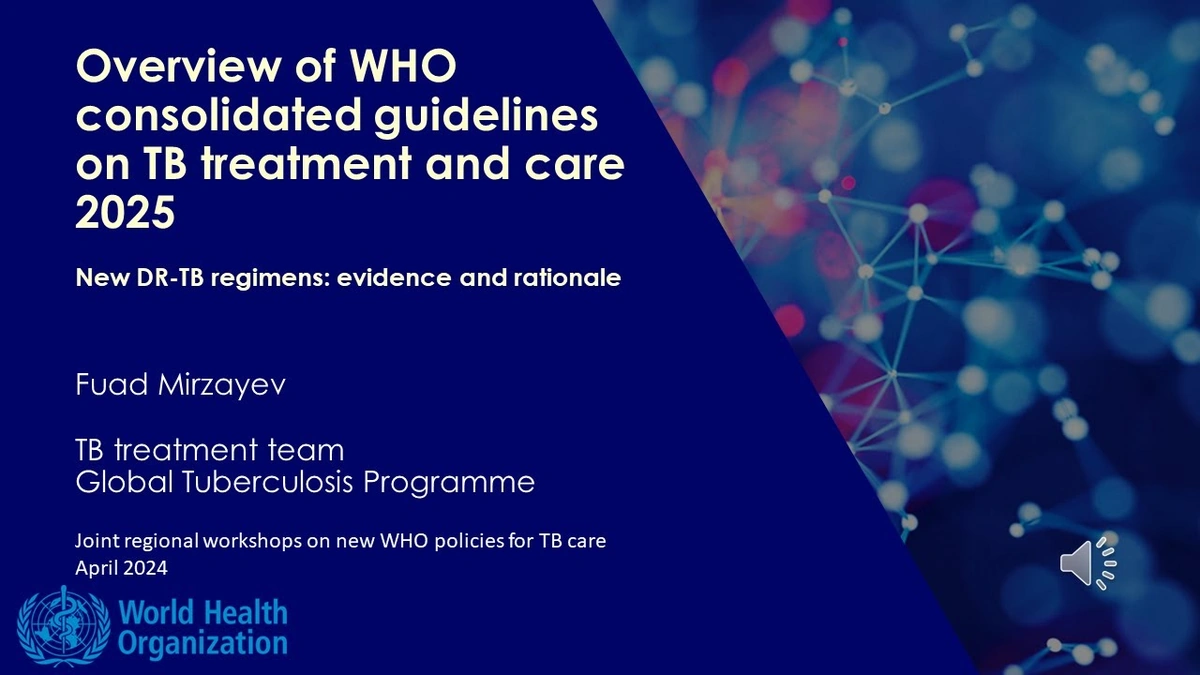
Here’s the thing: TB treatment is a long and arduous process. It involves months of medication, and it can take a toll on the body. Now, consider this: many TB patients in India come from socio-economically disadvantaged backgrounds and often face malnutrition. This is where the role of nutrition comes in –
What fascinates me is the connection between hunger and disease. Malnutrition weakens the immune system, making individuals more susceptible to TB infection and also hindering their recovery during treatment. It’s a vicious cycle. This simple fact is often overlooked and these new WHO guidelines recognize this critical link, advocating for food support as an integral part of TB care.
So, you see, it’s not just about providing medicine; it’s about providing the fuel the body needs to fight back. Malnutrition not only impairs immunity, it also reduces drug absorption, increases the risk of drug toxicity and side effects, and causes delays in recovery from TB. Nutritional support can improve treatment outcomes, reduce morbidity and mortality rates, prevent drug resistance, and improve quality of life for people affected by TB. It is also essential for child TB patients for whom nutritional rehabilitation is critical.
The Indian Context | Challenges and Opportunities
Let’s be honest, implementing this on a national scale in India won’t be a walk in the park. India has a vast population, and reaching every TB patient with adequate food support will require significant logistical planning and resource allocation. But — India already has a robust public distribution system (PDS) and various nutritional programs. The opportunity lies in leveraging these existing frameworks to deliver targeted food assistance to TB patients. According to studies, food support for TB control is likely to be highly cost-effective in India, especially for people living with poverty and food insecurity.
And, there will be practical challenges in integrating food support into the existing TB control program, such as
- Ensuring adequate funding and resources
- Addressing issues related to food procurement, storage, and distribution
- Monitoring the impact of food support on treatment outcomes
But the potential benefits are immense. Think about it: healthier patients, better treatment adherence, and a stronger overall fight against TB. This is an investment in the future.
Beyond Food | A Holistic Approach to TB Control
Of course, food support is just one piece of the puzzle. Effective tuberculosis control requires a comprehensive strategy that addresses various factors, including early diagnosis, access to quality treatment, and prevention efforts. It’s not enough to just address the malnourishment issue, early diagnosis and prevention strategies also hold utmost importance.
What I find particularly important is this holistic approach. We need to strengthen the existing TB surveillance systems to ensure prompt detection of cases. We need to improve access to affordable and quality TB treatment services, particularly in underserved areas. And we need to raise awareness about TB prevention and control measures among the general public. And, we need to intensify active case finding among high-risk groups such as contacts of TB patients, people living with HIV, and people with other comorbidities.
And then there is the important role of social support. It is well established that factors such as stigma, discrimination, poverty, and lack of access to healthcare play a major role in increasing the burden of TB in India. Addressing these structural issues is critical to achieve long-term success.
The Role of Technology and Innovation
In today’s world, technology can play a transformative role in TB control efforts. Think about it: mobile health (mHealth) interventions can be used to improve treatment adherence, provide remote monitoring, and deliver health education messages. Telemedicine can expand access to specialist care in remote areas. And data analytics can help us identify high-risk populations and tailor interventions accordingly. In fact, digital health technologies can transform TB care.
I initially thought this was straightforward, but then I realized that leveraging technological advancements can significantly accelerate progress towards TB elimination. What fascinates me is the use of artificial intelligence (AI) and machine learning (ML) can also be leveraged to analyze large datasets and identify patterns that can inform TB control strategies. For example, these tools can be used to predict TB outbreaks, identify drug resistance patterns, and optimize resource allocation.
And we can’t forget about diagnostic tools. Recent advancements in diagnostic technologies offer opportunities to detect TB faster and more accurately. Rapid molecular tests such as Xpert MTB/RIF can detect TB and drug resistance within hours. Point-of-care diagnostics can bring testing closer to communities and reduce delays in diagnosis and treatment initiation.
Investing in Research and Development
Let me rephrase that for clarity: we need to continuously invest in research and development to develop new tools and strategies for TB control. This includes research on new drugs, vaccines, and diagnostics. But we also need research on implementation strategies to ensure that these tools are effectively deployed in real-world settings. This is something that needs continuous investment for ensuring efficient disease control.
The one thing you absolutely must consider is the role of indigenous innovation. India has a vibrant scientific community and a growing ecosystem of startups and innovators. Supporting local research and development efforts can lead to the development of context-specific solutions that are tailored to the needs of the Indian population. It also helps to address the unique challenges facing the country, such as high rates of drug resistance and co-infection with HIV. This is the key to fighting this disease.
As per the guidelines mentioned in the information bulletin , investment in research and development for TB control is not just a financial imperative; it’s a moral one. TB disproportionately affects vulnerable populations, and it is our responsibility to ensure that they have access to the best possible tools and treatments.
A common mistake I see people make is thinking of these programs as isolated projects. We also need cross-sectoral collaboration. TB is not just a medical problem; it is also a social and economic problem. Addressing the social determinants of TB requires collaboration across different sectors such as health, nutrition, education, and social welfare. As an example, in the context of TB control, cross-sectoral collaboration is essential to address the underlying social, economic, and environmental factors that contribute to the spread of the disease. This includes poverty, malnutrition, poor housing, and lack of access to education and employment opportunities. Addressing these factors requires the involvement of multiple stakeholders, including government agencies, civil society organizations, and the private sector.
So, what’s the takeaway? The WHO’s new TB guidelines are a welcome step in the right direction. The recommendation for food support acknowledges the crucial role of nutrition in TB treatment and recovery. But, implementing this effectively in India will require careful planning, resource allocation, and a holistic approach that addresses the social determinants of TB. India has the potential to be a global leader in TB control, but it will require sustained commitment and investment. The adoption of integrated nutrition strategies and the strengthening of cross-sectoral collaborations would significantly boost the national TB elimination program and bring India closer to ending TB by 2025.
Also, remember that this is a fight we can win. But only if we work together.
FAQ Section
What exactly do the new WHO guidelines say about food support?
The WHO now recommends that TB patients receive nutritional assessment and counseling, along with food supplements or direct food provision, especially for those who are malnourished or at risk of malnutrition.
How will food support be implemented in India?
The details are still being worked out, but the expectation is that existing public distribution systems and nutritional programs will be leveraged to provide targeted assistance.
Is food support enough to cure TB?
No, food support is an adjunct to medical treatment. It helps the body fight the infection more effectively but doesn’t replace medication.
What if I can’t afford nutritious food during my TB treatment?
Talk to your healthcare provider or local TB program. They can assess your situation and connect you with available resources and support services.
Are there any side effects to the medications used to treat TB?
Yes, but not always. Some people may experience nausea, loss of appetite, and fatigue. These side effects can be managed with proper medical supervision and supportive care.
